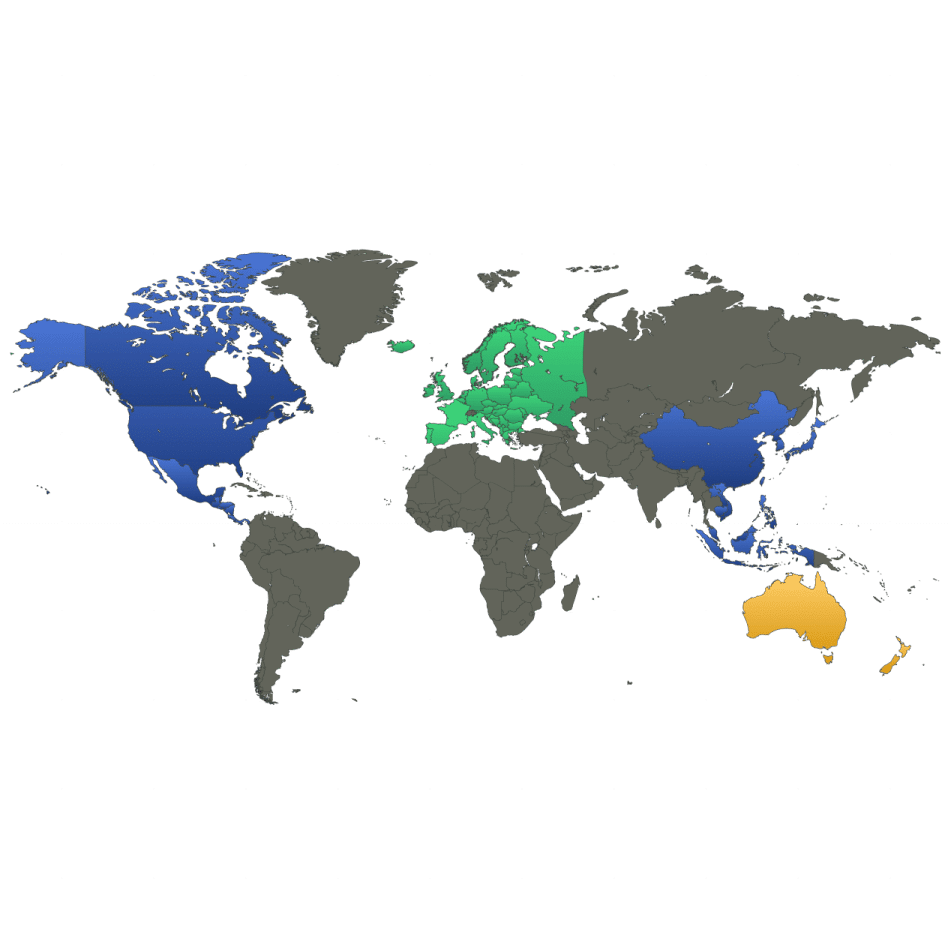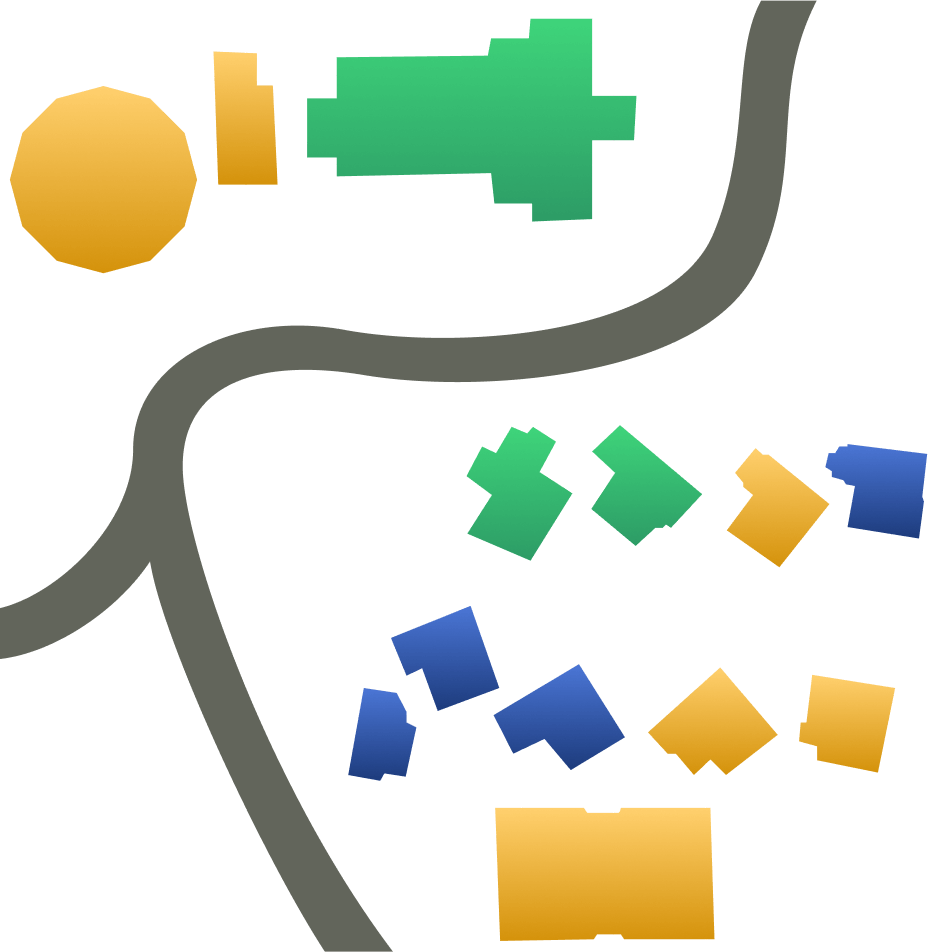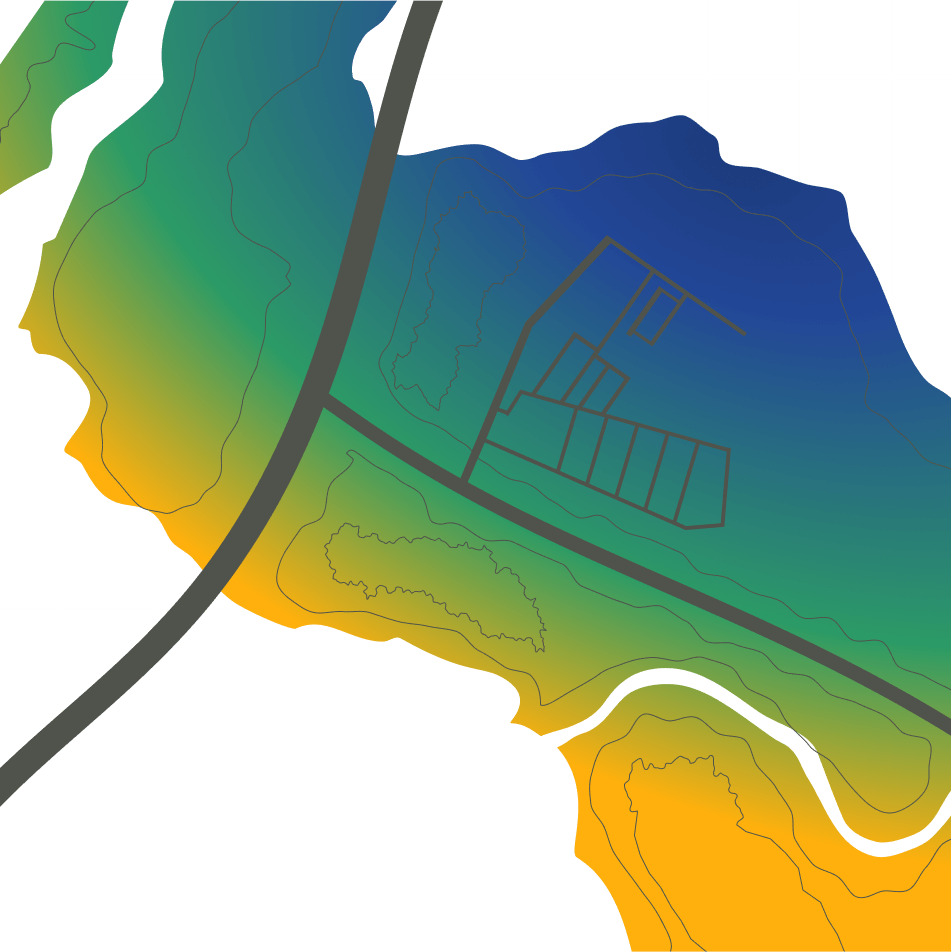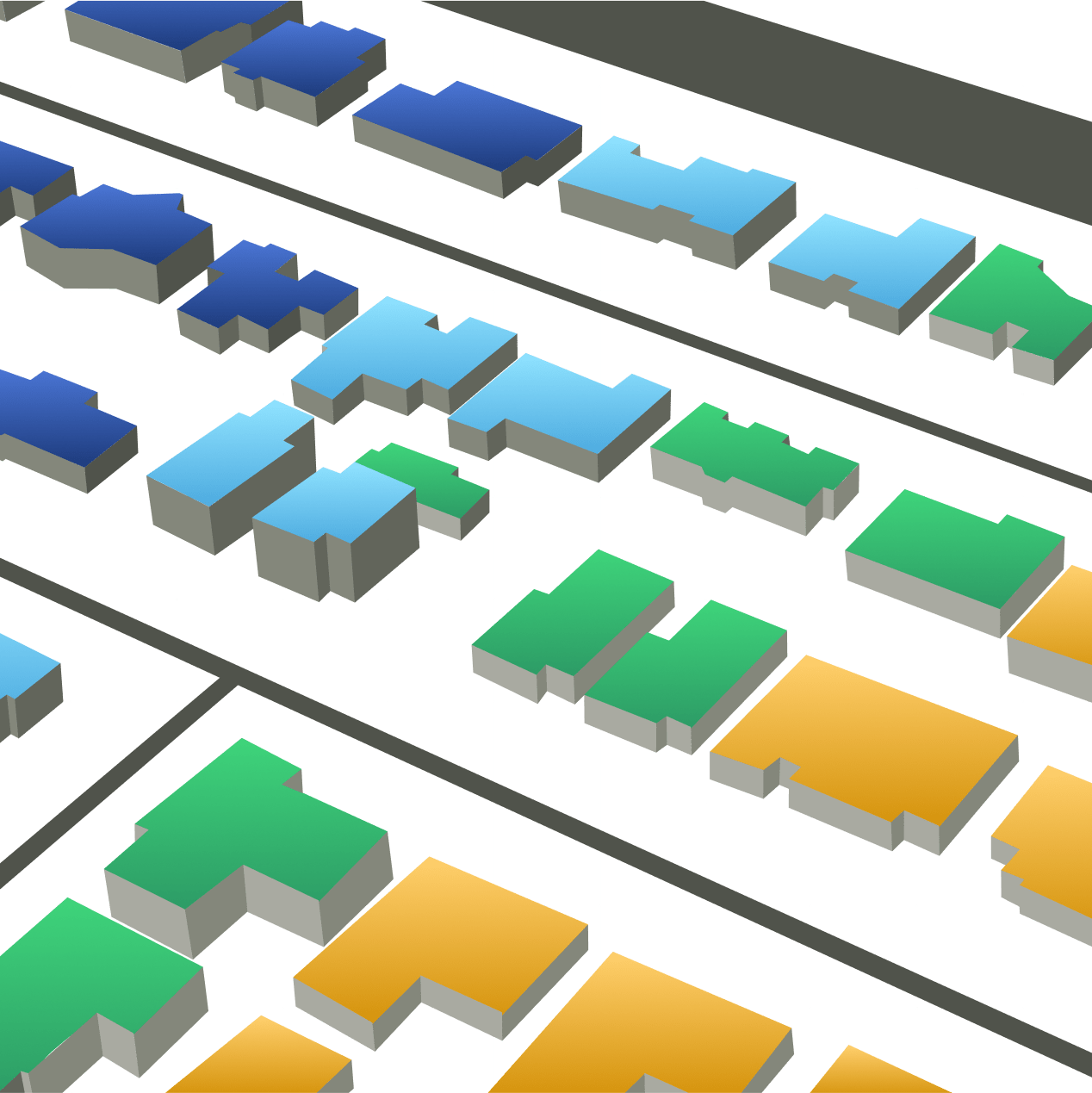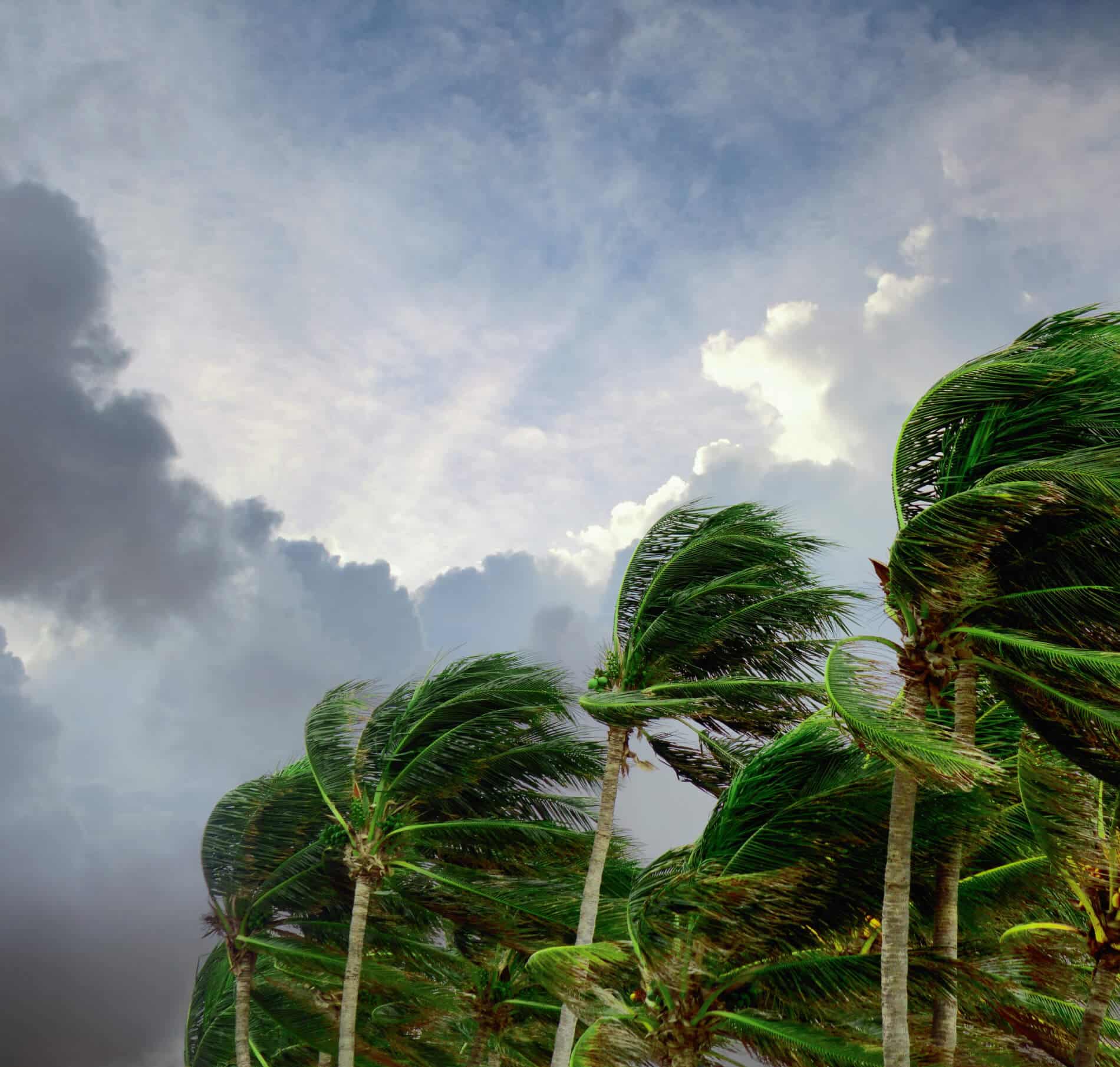
Open model software that can account for unique use cases and scenarios.
Recognizing that the rate and severity of events are influenced by climate factors, this exclusive feature guarantees our simulations represent correlations between perils and across geographies.
KatRisk enables users to simulate both current and future conditions with ease and perform sensitivity analyses to understand the potential impacts of climate change on future risk.
Our robust inland flood model is unmatched in its reliability. We utilize physical hydraulic and hydrodynamic models with 10-meter resolution data in the US, Europe and Australia.
KatRisk’s global inland flood model utilizes advanced physical hydraulic and hydrologic models, enabling reliable risk assessment across diverse geographical regions.
Our model reliably represents pluvial (rainfall-induced) and fluvial (river-overtopping) flooding, as well as tropical cyclone storm surge, providing the most complete view on flood risk in the market.
Comprehensive risk assessment with global coverage. Evaluate location, account, and portfolio risks with unparalleled reliability.
Revolutionize your underwriting process with lightning-fast API response times and robust hazard data integration.
Visualize and analyze catastrophe risks worldwide to better understand location-level risk.
Instant property risk analytics, dynamic visualizations, and seamless reporting, to help insurers and risk managers make decisions with confidence.
